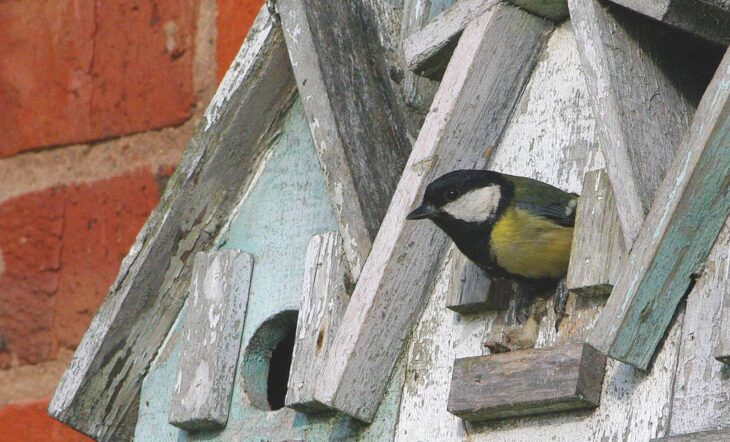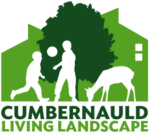Show the birds some love this spring
,
We’ve been a bit quiet on here of late but have been working away across the project area. We have had some new team members join and, as we progress towards the end of the project, we hope to see some of you out and about.
Spring finally seems to be on the horizon (hurray!) and soon, the sight of birds busying themselves with nest-building and hungry chick-feeding will be a common one. It’s one of the simple things in life that can bring hours of entertainment and joy.
With National Nest Box Week approaching (14th – 21st February), we thought it was a good opportunity to highlight some positive ways we can show the birds in our local area some love – as well as some things to avoid.
Putting up a nest box in your own garden is a great way to help birds take shelter and raise their young. Different species prefer different heights and types of boxes, but a general rule is to make sure it’s around 2-3 metres above the ground, in a sheltered location and there must be flight path access in and out of the box.
That said, we never recommend putting up nest boxes on our nature reserves and in our woodlands. Why not? We have been working hard with our partners to regenerate the woodlands with native tree species, so that all aspects of nature can thrive. It’s important that birds still use tree holes and collect natural materials to make their nests, like they have always done, and we want to encourage them to behave as naturally as possible on our reserves and in woodlands.
What about feeding our feathered friends? If you’re lucky enough to have a garden or shared outdoor space, providing food and water can provide a lifeline for them all year round. It’s also amusing to watch how different species act at the feeders: does anybody else have greedy greenfinches or rowdy house sparrows? Try to ensure your feeders and bird baths are squeaky clean to keep diseases, such as avian flu, at bay.
Finally, it might feel like you’re helping, but taking bird seed to feed wild birds on reserves and in woodlands can create issues. It may stop them from finding natural food sources and, if these non-native seeds sprout and spread, this may reverse the good work that has been done to make sure the woodlands and reserves are natural places, which will support our birds for years to come.

